How To Become A Full Stack Developer? (Step-by-Step Guide)
5 out of 5 based on 1632 votesLast updated on 3rd Apr 2023 16K Views
- Bookmark

Full Stack Training ensures developers create a complete end-to-end solution, from designing and implementing the UI to handling server-side data management and business logic.
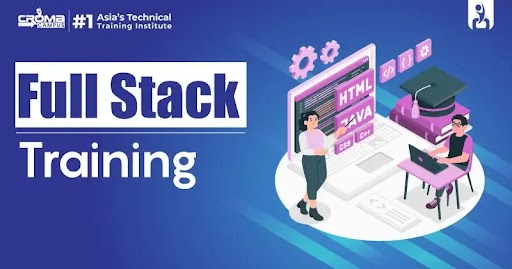
Introduction
A Full Stack Developer is proficient in several programming languages, frameworks, libraries, and tools necessary for developing and deploying web applications. This includes knowledge of front-end technologies like- HTML, CSS, and JavaScript, front-end frameworks like React, Angular, and Vue.js, back-end programming languages like PHP, Python, Ruby, and Java, back-end frameworks like Node.js, Ruby on Rails, and Django, and database management systems like MySQL, MongoDB, and PostgreSQL. Moreover, Full Stack Course ensures developers create a complete end-to-end solution, from designing and implementing the UI to handling server-side data management and business logic. This makes full-stack developers a valuable asset to any team, as they can handle both front-end and back-end development tasks, and can quickly identify and resolve issues that arise during the development process.
Ways to turn into a Full Stack Developer
Step 1: First, learn the Fundamentals of Web Development
The first step in becoming a full-stack developer is to learn the fundamentals of web development. This normally includes learning programming languages like HTML, CSS, and JavaScript, which are essential for creating web pages and web applications. You can start with online tutorials, books, or even online courses to gain a strong foundation in web development.
Step 2: Select a Back-End Language and Framework
Post mastering the basics of web development, the next step is to select a back-end language and framework. Popular back-end languages include PHP, Python, Ruby, and Java, while popular frameworks include Node.js, Ruby on Rails, and Django. Choose a language and framework that aligns with your career goals and interests.
Step 3: Learn a Database Management System
A database management system (DBMS) is most important for storing, organizing, and retrieving data in web applications. You can easily choose from a number of DBMS options, comprising MySQL, MongoDB, and PostgreSQL. Learn how to use a DBMS to create, read, update, and delete data in your web applications.
Step 4: Learn Front-End Development
Front-end development involves designing and developing the user interface of web applications. This normally comprises utilizing front-end frameworks like React, Angular, and Vue.js, and libraries like jQuery and Bootstrap. Learn how to create responsive web designs, optimize web page performance, and implement web accessibility standards.
Step 5: Master Version Control Systems
Version control systems (VCS) are essential for handling changes to your codebase over time. Popular VCS tools include Git, SVN, and Mercurial. Learn how to utilize VCS to handle your codebase, collaborate with other developers, and deploy your web applications to production environments.
Step 6: Practice, Practice, Practice
The key to becoming a successful full-stack developer is to practice coding regularly. Develop small projects, contribute to open-source projects, and participate in coding challenges to hone your skills. Full Stack Course in Noida will assist you to become proficient in both front-end and back-end development, as well as in other important skills like debugging, testing, and troubleshooting.
Step 7: Build a Portfolio
Building a portfolio is essential for showcasing your skills and experience to potential employers. Try to create a portfolio website that highlights your projects, skills, and achievements. Share your portfolio on social media, professional networking sites, and job boards to accelerate your visibility and attract job offers.
Also Read This Post:
Java Full Stack Developer Interview Questions
Attractive perks of turning into a Full Stack Developer in 2025
As a Full Stack Developer in 2025, there are several attractive perks that you can enjoy.
Here are some of the highlighting perks of turning into a Full Stack Developer:
- Full Stack Developers are in high demand due to their capability to work on both the front-end and back-end of web applications. This means that you will have more job opportunities and higher salaries.
- They are versatile and can work with a wide range of programming languages and frameworks. This means that you can work on different types of projects and technologies, keeping your work exciting and challenging.
- With the immense rise of remote work, Full Stack Developers can work from anywhere in the world. This means that you can work in any mode.
- Moreover, the demand for Java Full Stack Developer Course is expected to continue to grow in the coming years, which means that you will have job security.
Conclusion
The listed information becoming a full-stack developer requires dedication, patience, and a willingness to learn. By following these important steps, you can gain the important skills and experience to become a successful full-stack developer and land your dream job in the tech industry. If you still want to acquire information about What is Full Stack Developer? And what they do, then you must get started with its legit course. It will give you a detailed overview of responsibilities executed by Full Stack Developers.
Subscribe For Free Demo
Free Demo for Corporate & Online Trainings.
Your email address will not be published. Required fields are marked *
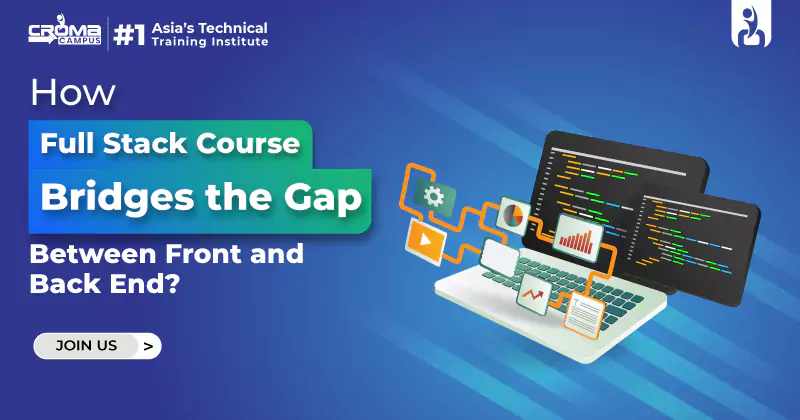
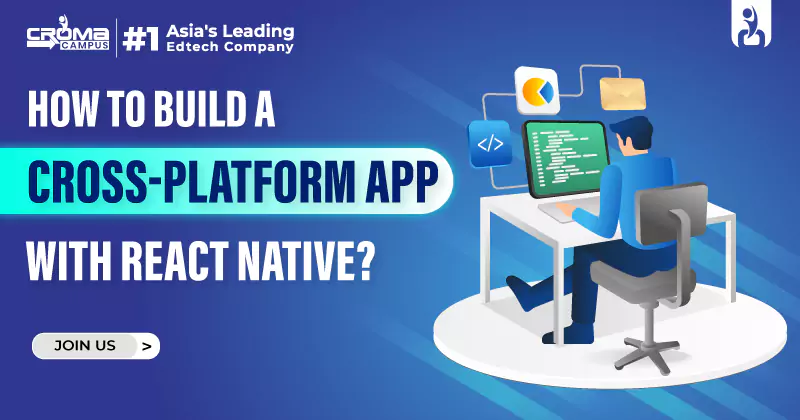
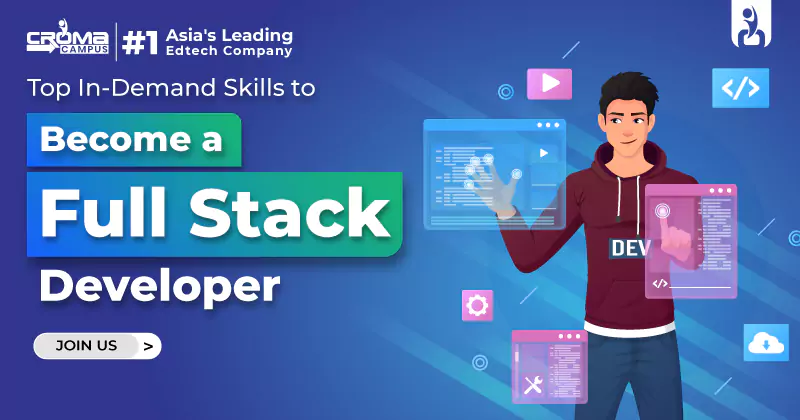
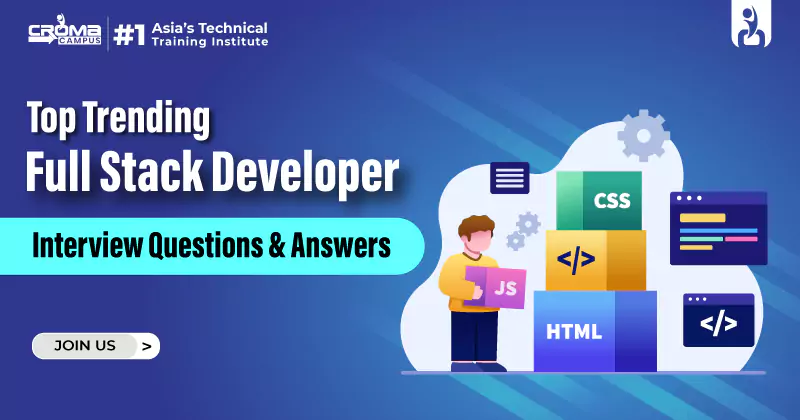
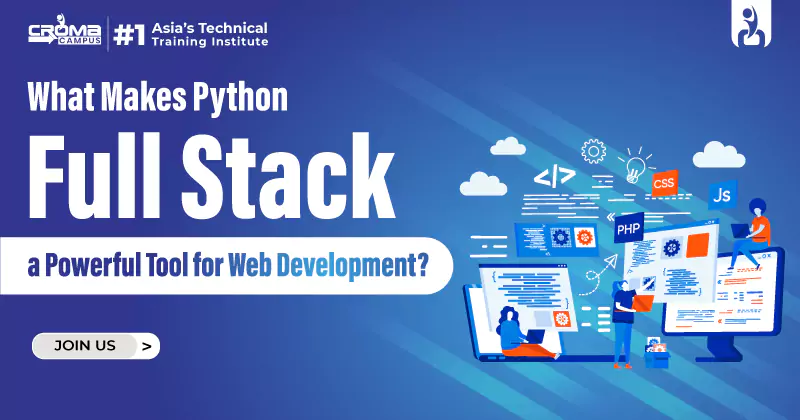
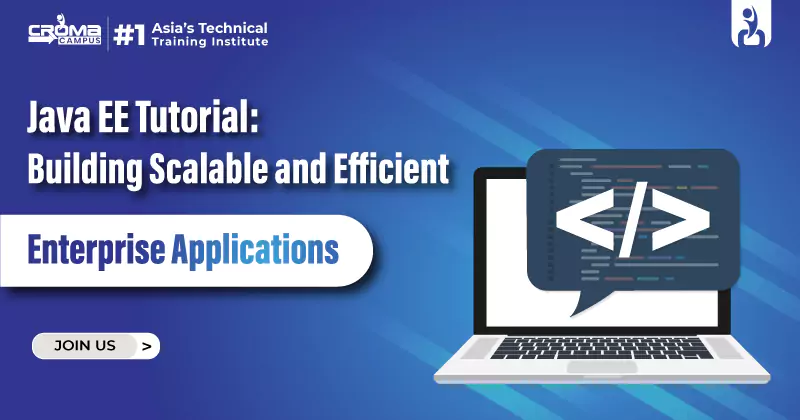
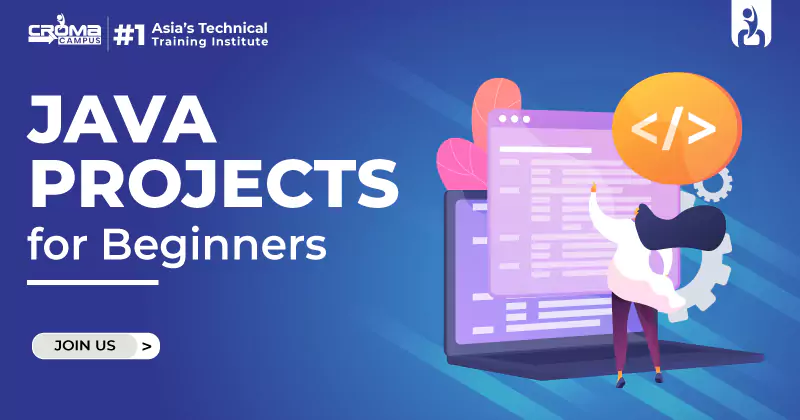
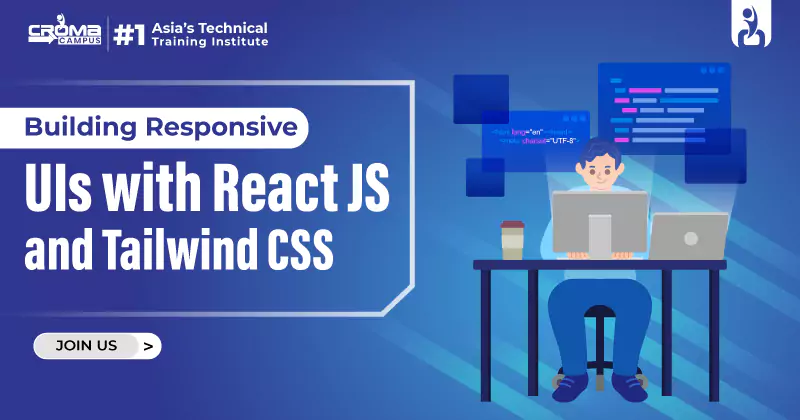
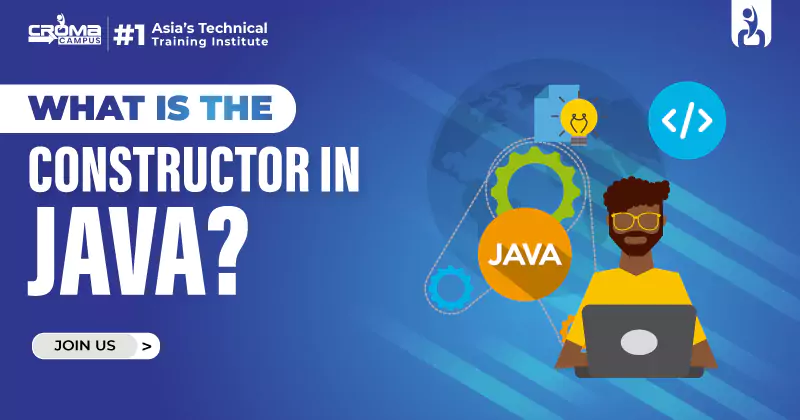
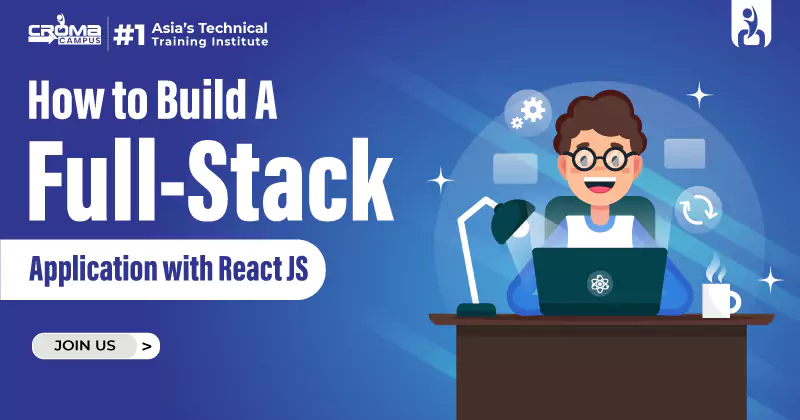
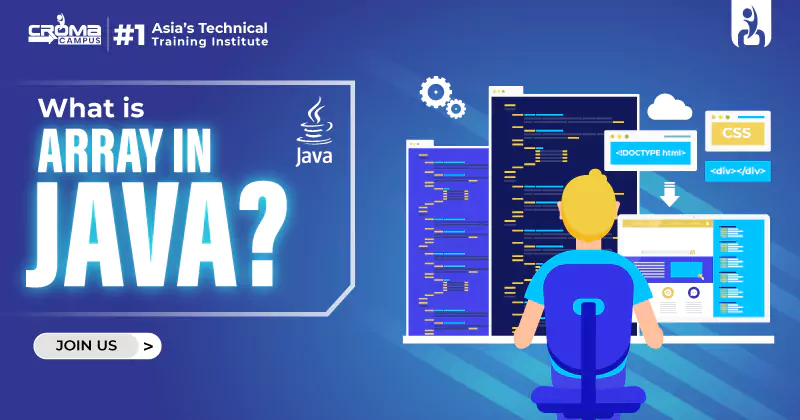
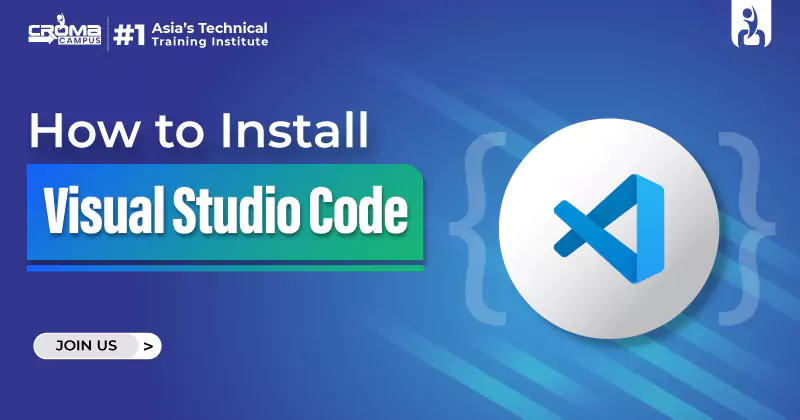









 Master in Cloud Computing Training
Master in Cloud Computing Training